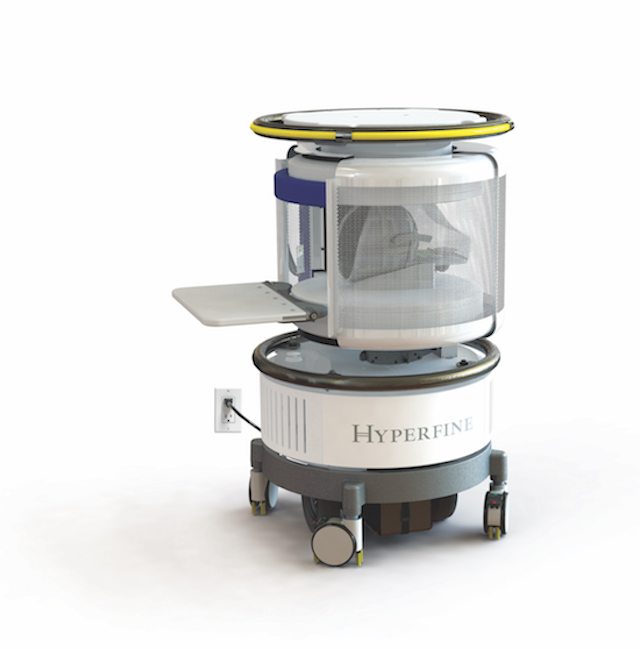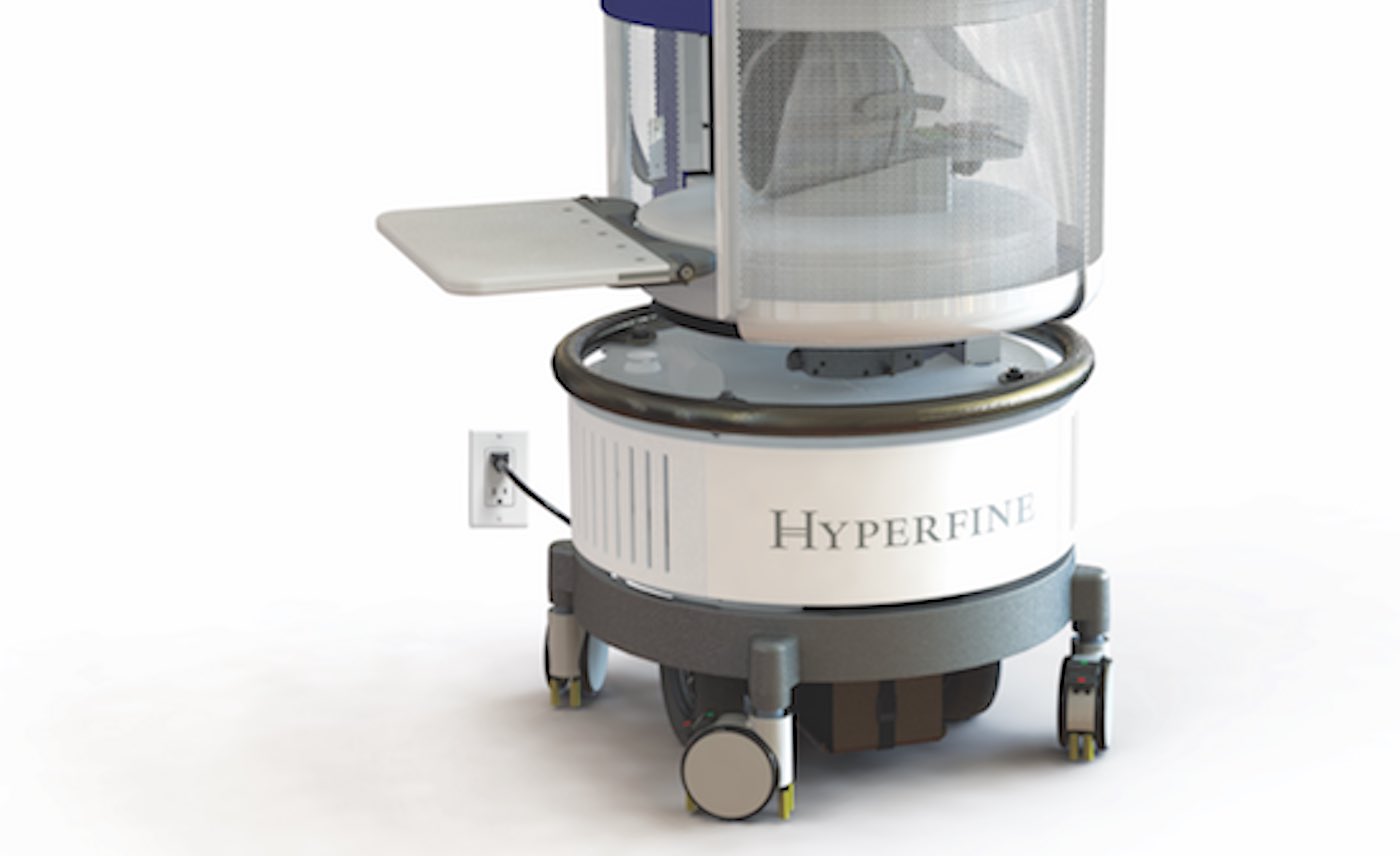The US Food and Drug Administration (FDA) has just approved the “world’s first” portable MRI machine that easily scans a patient and is 20 times cheaper than current systems.
The device, which was developed by Hyperfine Research Inc. as a safe and practical way of getting accurate brain images at a patient’s bedside, will be ready for commercial shipments in the summer following this week’s 510(k) clearance from the FDA.
In addition to the Hyperfine system being far cheaper than today’s fixed conventional MRI machines, it also consumes 35 times less power and weighs 10 times lighter.
“Nearly six years ago, we assembled an astounding team,” said Dr. Jonathan Rothberg, founder and chairman of Hyperfine Research. “They took the 10 million-fold improvements in computing power since MRI was invented, and the best of the billions invested in green electronics, and built something astonishing, something disruptive.”
RELATED: FDA Approves Pancreatic Cancer Drug Treatment After It Was Shown to Double Patient Lifespans
The FDA approved the system following a number of positive clinical results which will be presented this week at the American Stroke Association’s International Stroke Conference 2020 in Los Angeles, a world premier meeting for researchers and clinicians dedicated to the science of stroke and brain health.
According to the preliminary research, 85 stroke patients (46% women, age 18-96, 46% ischemic stroke, 34% intracerebral hemorrhage, 20% subarachnoid hemorrhage) received bedside, low-field MRI within seven days of symptom onset. The exam time averaged about 30 minutes, and most patients were able to complete the entire exam. However, five patients could not fit into the 30-centimeter opening of the MRI machine, and six patients experienced claustrophobia, factors which halted their test.

“We’ve flipped the concept from having to get patients to the MRI to bringing the MRI to the patients,” said Kevin Sheth, senior author and chief physician, Division of Neurocritical Care and Emergency Neurology at Yale School of Medicine and Yale New Haven Hospital in Connecticut. “This early work suggests our approach is safe and viable in a complex clinical care environment.”
Currently, patients must travel to the location of a high-field MRI device. However, advances in low-field MRI have enabled acquisition of clinically useful images.
CHECK OUT: Bionic Pancreas for Type 1 Diabetes Gets ‘Breakthrough’ Designation From FDA
“High-field magnets are the cornerstone of commercial MRIs. The portable, low-field MRI could be used at hospitals that currently have a high-field MRI and in any other setting where an MRI is currently not available,” says Sheth.
He added that the portable MRI devices will also decrease need for a special power supply, cooling requirements, cost, and other barriers that currently limit easy patient access
Additionally, the low-field, bedside MRI scanner did not interfere with other equipment, and metals did not need to be removed from the room. No significant adverse events were reported.
In rural settings and in remote villages of the world where it’s hard to get an MRI, this advancement is a game changer, but Sheth’s work is not done. The team’s next steps will include scanning more patients, improving image quality, using the devices in multiple settings and using machine learning to extract as much meaningful information as possible.
From an article that originated from the American Heart Association
Treat Your Friends To The Good News With Sharing This To Social Media…




















